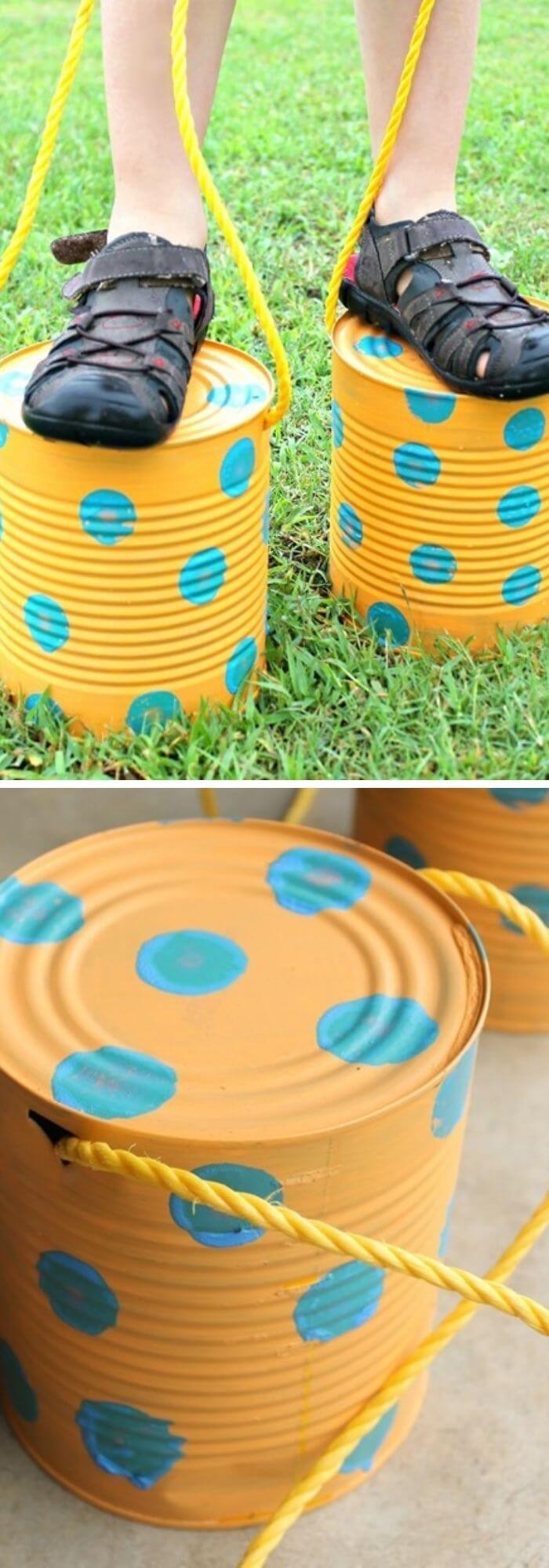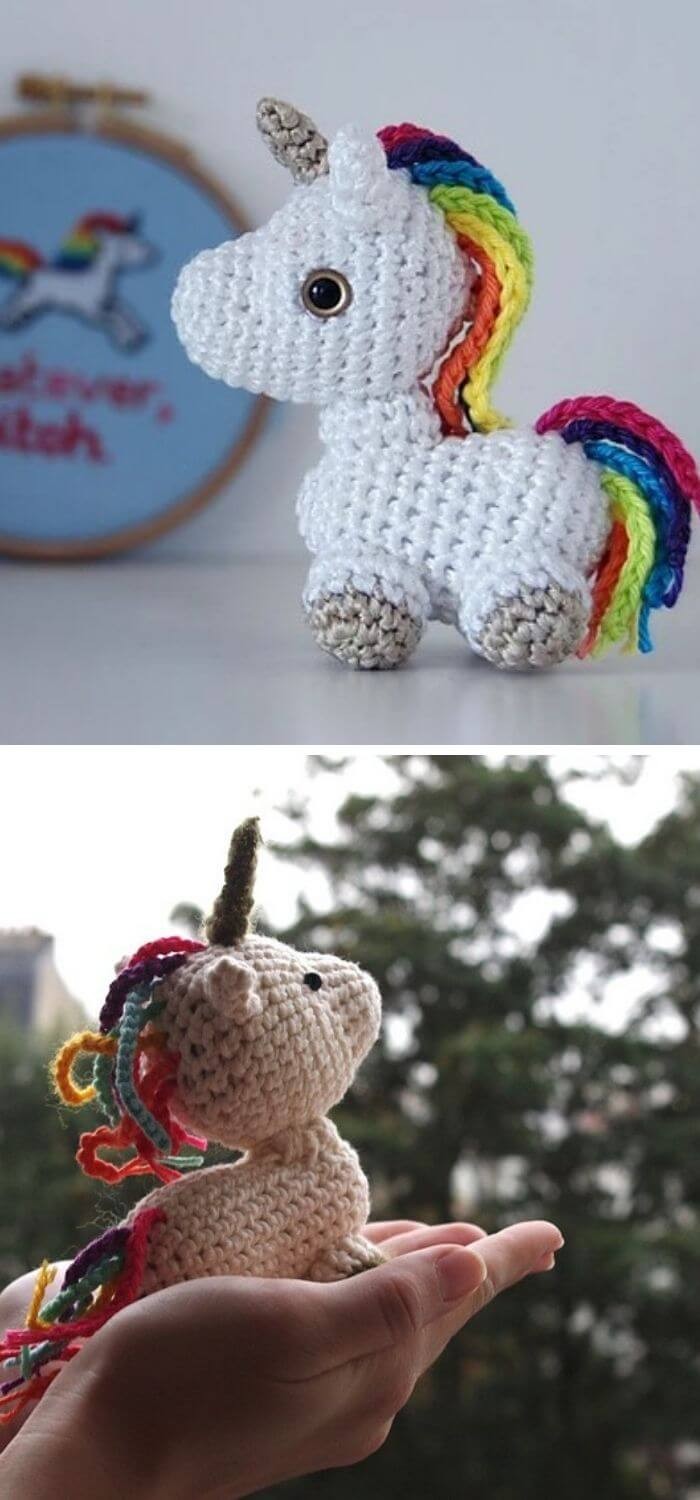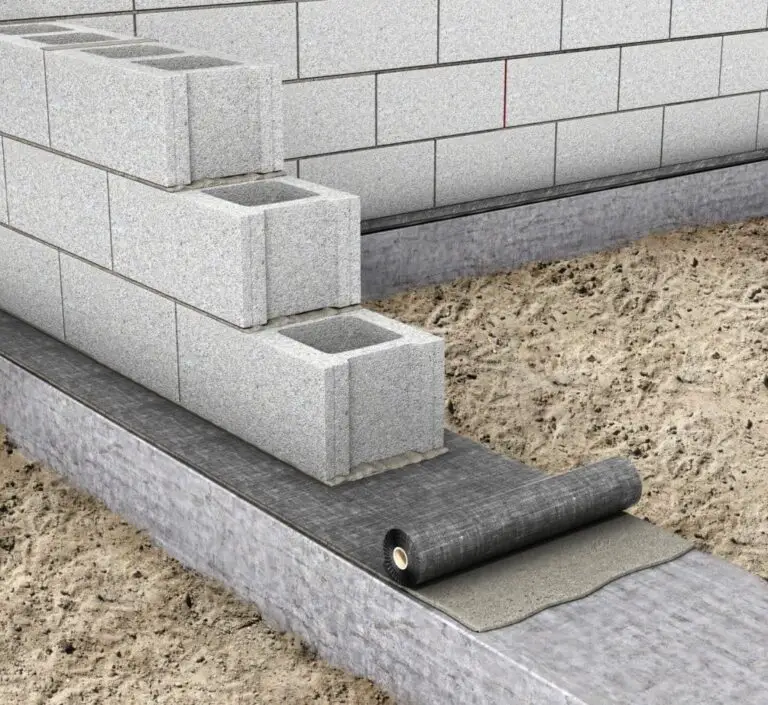27+ Types Of Dracaena Plants
Dracaena, often mistaken as the fortune plant, is a common and low-maintenance indoor plant that comes in various colors, patterns, shapes, and sizes. Its adaptability and ability to thrive in different environments make it a popular choice among newbie plant enthusiasts. In this article, we will delve into the fascinating world of Dracaena, exploring its different varieties, growth habits, and caring requirements.
What is a dracaena plant?
While the dracaena is commonly regarded as a tropical shrub, it’s also an extremely popular choice for low-maintenance and drought-tolerant houseplants. This adaptable plant can thrive in both bright lights and shaded, low-light areas, making it an ideal option for indoor spaces with varying lighting conditions. The dracaena boasts a unique combination of characteristics that make it a standout among houseplants.
Its dense foliage is often characterized by vibrant colors, while its woody stems and drooping branches add a touch of natural elegance. In fact, smaller varieties are often showcased in decorative tabletops, where they can be admired for their beauty. One of the main draws of the dracaena is its incredible diversity, with many attractive varieties to choose from. This range of options has only contributed to its enduring popularity as a beloved houseplant.
Facts about Dracaena
Interestingly, before we delve into the world of Dracaena plants, there are some fascinating facts worth sharing. The name ‘Dracaena’ originates from ancient Greece, literally translating to ‘female dragon’. This moniker stems from the crimson sap that oozes out when the stem is cut, resembling the mythical blood of dragons. Notably, this red substance was historically used by Italian violin makers in the 18th century to create varnish for their instruments.
When left to thrive in its natural habitat – dense woodlands – the Dracaena plant can live for centuries. Its unique ability to flourish on limestone cliffs in Socotra Island, located near Yemen along the Indian Ocean, has earned it a reputation as an iconic species. Interestingly, this plant is a distant relative of the beloved asparagus. However, it’s essential to note that its sap, stems, and leaves can be toxic to both pets and humans.
Despite this, the Dracaena plant has been proven to be a natural air purifier, making it a valuable addition to any space.
What do Dracaenas look like?
The dracaena’s striking appearance is characterized by its lush, glossy leaves that display a vibrant spectrum of green, white, yellow, and even hints of red. The plant’s dense foliage is further accentuated by its woody, bushy growth habit, which is supported by sturdy brown stems that feature secondary meristems. These unique structures enable the dracaena to produce a dense, compact appearance.
How to identify a dracaena
The Dracaena’s distinctive features start with its leaves, which are oval or long and sometimes droop or lancer-like in shape. The foliage is dense and showcases a range of colors, including solid green, yellow, and stripes. Additionally, the stems, which can be woody brown or reddish, feature veins that share similar hues. While individual plants may exhibit varying degrees of variegation, each one has unique characteristics to identify.
Types of Dracaena
When selecting a dracaena, it’s essential to be able to distinguish between the various species. As we’ve discussed, each type has distinct characteristics that set it apart from others. By recognizing these unique features, you’ll be well-equipped to find the perfect dracaena for your needs.
Dracaena Fragrans (syn. Dracaena Deremensis)
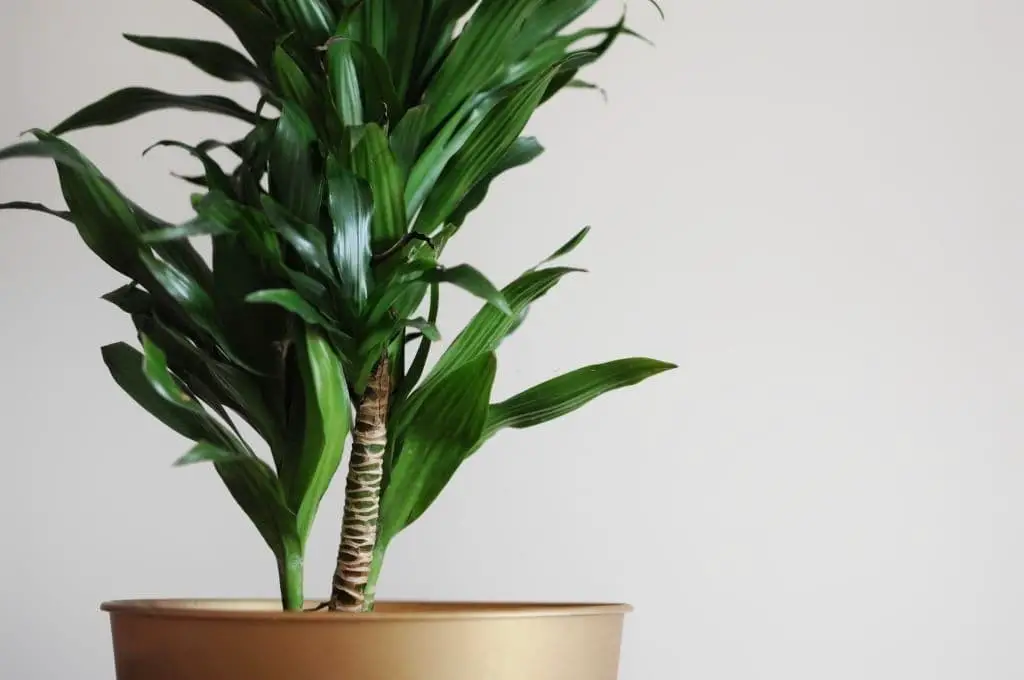
The Corn Plant, also known as Dracaena cornata, boasts a lush foliage with dark green leaves that are broad and lancing, featuring a glossy texture. Its stems are a deep green hue, resembling thick canes. This plant thrives in shaded conditions, but it’s equally adaptable to indirect light. One of its most notable characteristics is its growth habit, which bears a striking resemblance to palms – hence the nickname ‘false palms’.
When container-grown, this versatile plant can reach impressive heights of up to 6 feet tall.
Dorado Dracaena (Dracaena fragrans ‘Dorado’)
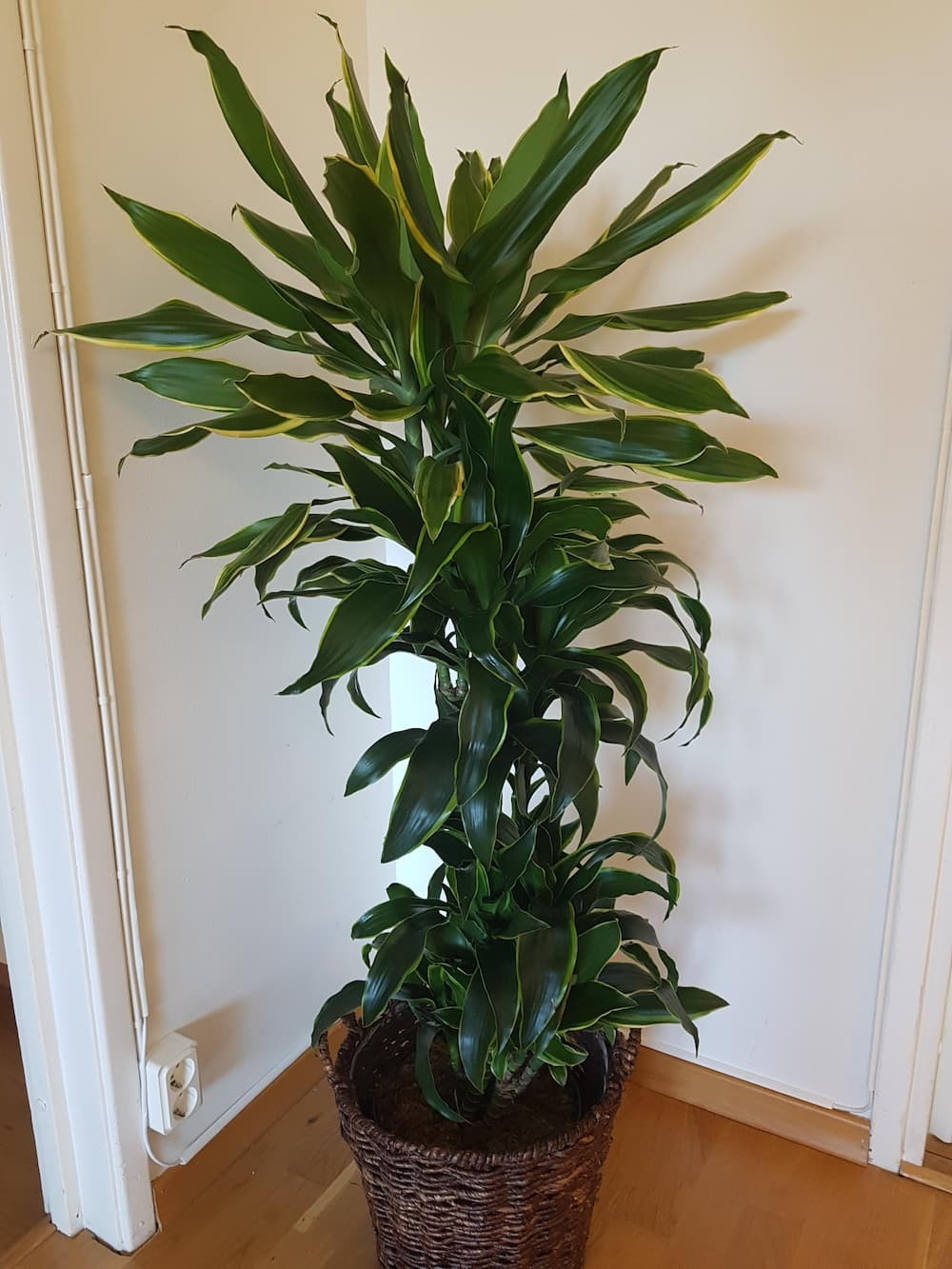
What sets the Dorado apart from other Dracaena species is its distinctive foliage, boasting a finer texture than others in its genus. Its leaves are characterized by a striking bluish-green hue and a sword-like shape, adding to its unique visual appeal. One of its most notable features, however, is its floral display: it produces creamy white flowers in the spring, followed by vibrant orange berries during the summer months.
In terms of growth habits, the Dorado can reach heights of up to 4ft indoors, with a spread of approximately 1.5ft. To maintain its tidy appearance and promote healthy growth, regular trimming is essential.
Dracaena ‘Janet Craig’ (Dracaena fragrans ‘Janet Craig’)
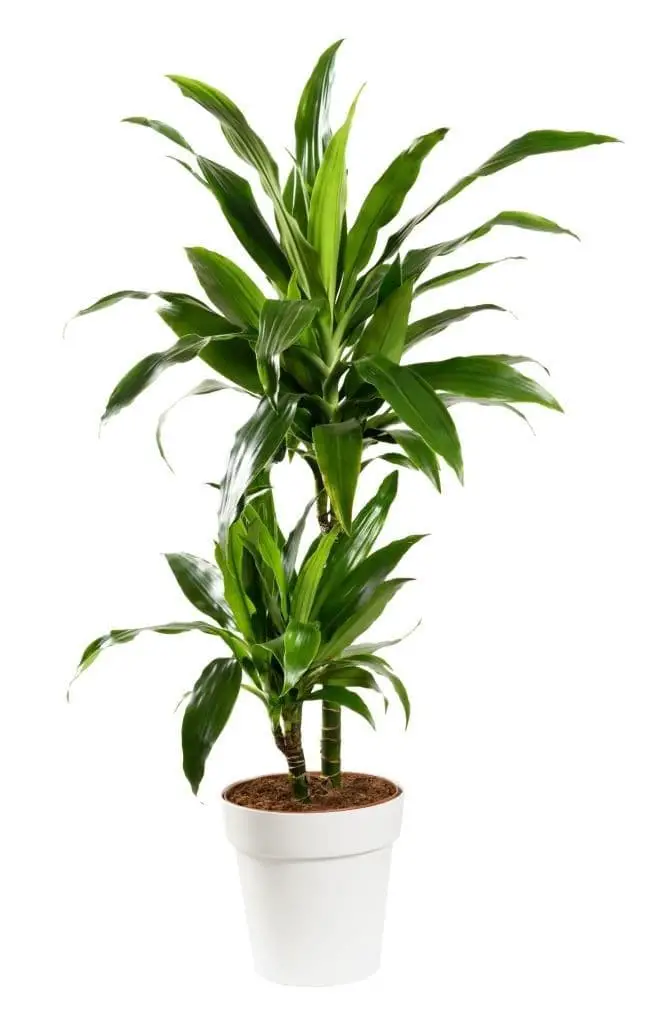
One of the most sought-after varieties for office spaces, residential areas, and even mass planting in garden beds is this particular type. Its unique ability to thrive in filtered light makes it an ideal choice. Characterized by its dark green, pleated foliage with wavy edges, this plant offers a visually appealing addition to any setting.
When grown in containers, these plants can reach up to 3 feet in height, while landscape beds allow them to grow as tall as 8 feet, showcasing their stately presence. However, it’s essential to note that this variety is highly sensitive to heat and will quickly wilt or succumb to temperatures above 95°F.
Dracaena ‘Janet Craig’ Compacta
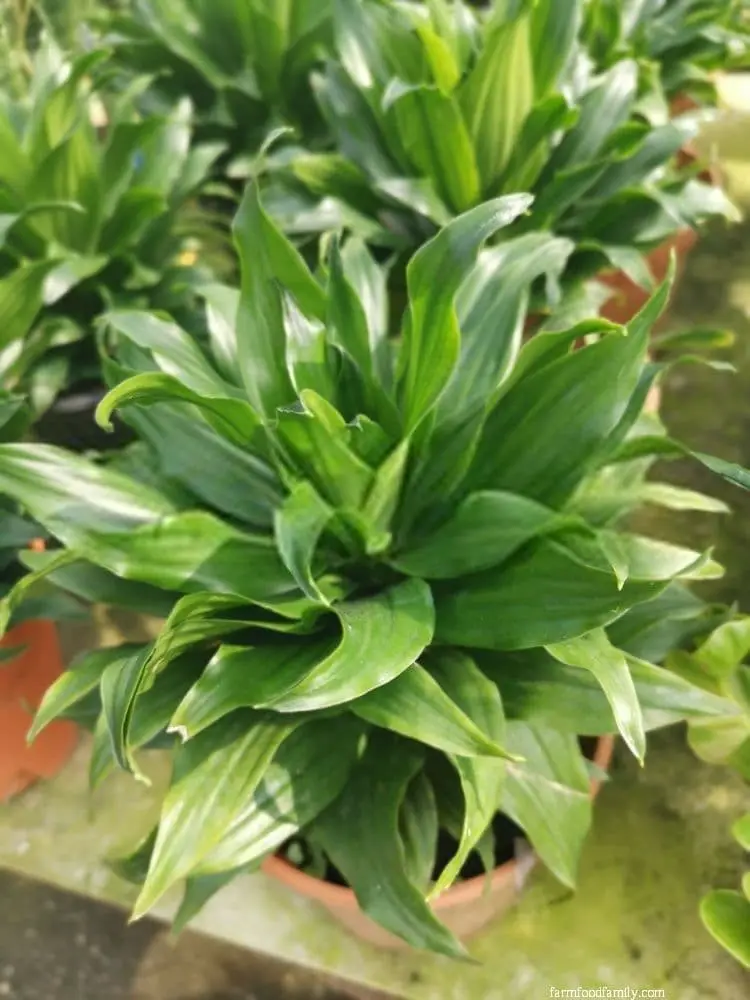
The Dracaena compacta, also known as the pineapple dracaena, gets its unique name from the resemblance of its long, yellow-green leaves to pineapples. The ‘compacta’ part of its name stems from its compact nature, referring to its smaller size compared to other Dracaena species.
This plant is particularly popular among houseplant enthusiasts due to its ability to thrive in low-light conditions.
Its slow growth rate means it won’t outgrow its space quickly, and it can reach a maximum height of around 6 feet.
Dracaena fragrans ‘Bausei‘ (Corn Plant)
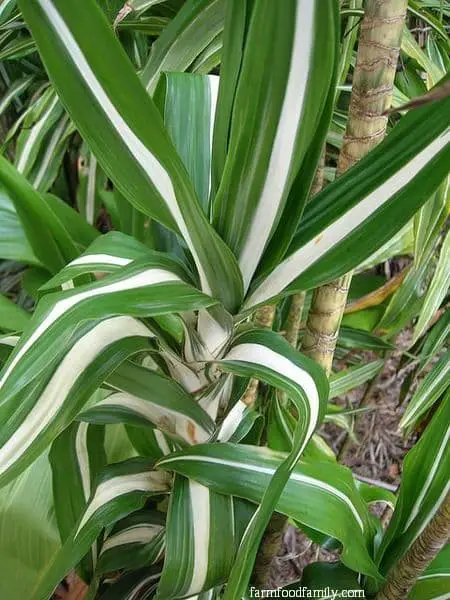
The plant’s foliage is characterized by its striking, elongated leaves that can reach up to 2 feet in length. These leaves are attached to sturdy, woody stems that provide structural support. When grown in containers, this plant can achieve a maximum height of approximately 4 feet. Notably, the bright green leaves feature a distinctive single stripe or creamy center running along their length.
Dracaena fragrans ‘Lindenii’
This plant also boasts glossy, dark green foliage reminiscent of Massangeana. A striking feature is the prominent white stripe that runs down the center of each leaf. The leaves themselves exhibit an attractive arching habit. In terms of lighting, it does best in indirect conditions and is susceptible to damage if temperatures exceed 70F. To keep its compact size, regular pruning is essential, particularly when growing in a 3ft container.
Dracaena fragrans ‘Victoria’
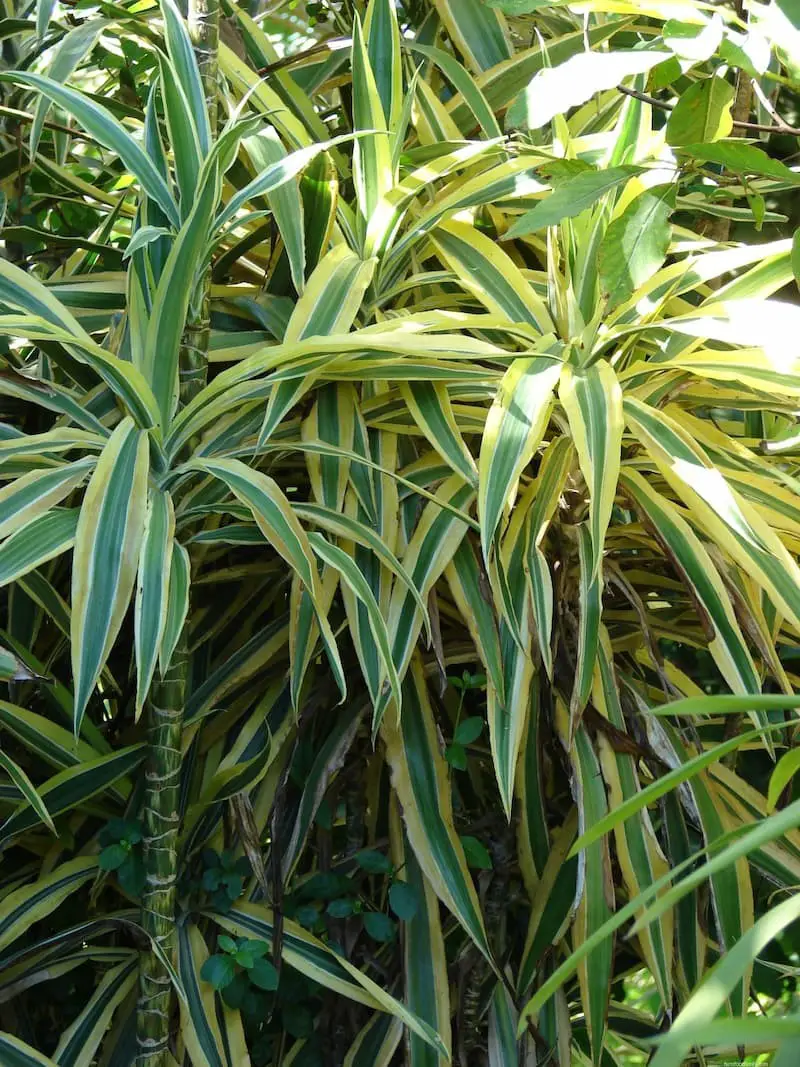
Victoria orchids are strikingly similar to Massangeana orchids, as they both feature a distinctive yellow stripe running through the center of their lush green, sword-like leaves. The key difference lies in the shape and size of the leaves themselves; while Massangeana’s leaves are longer and thinner, Victoria’s leaves are wider and more triangular. This variety is particularly notable for its ability to thrive in containers, growing up to 4ft tall.
What’s more, it’s relatively rare to find this type of orchid at local nurseries.
Dracaena Lisa (Dracaena fragrans ‘Lisa’)
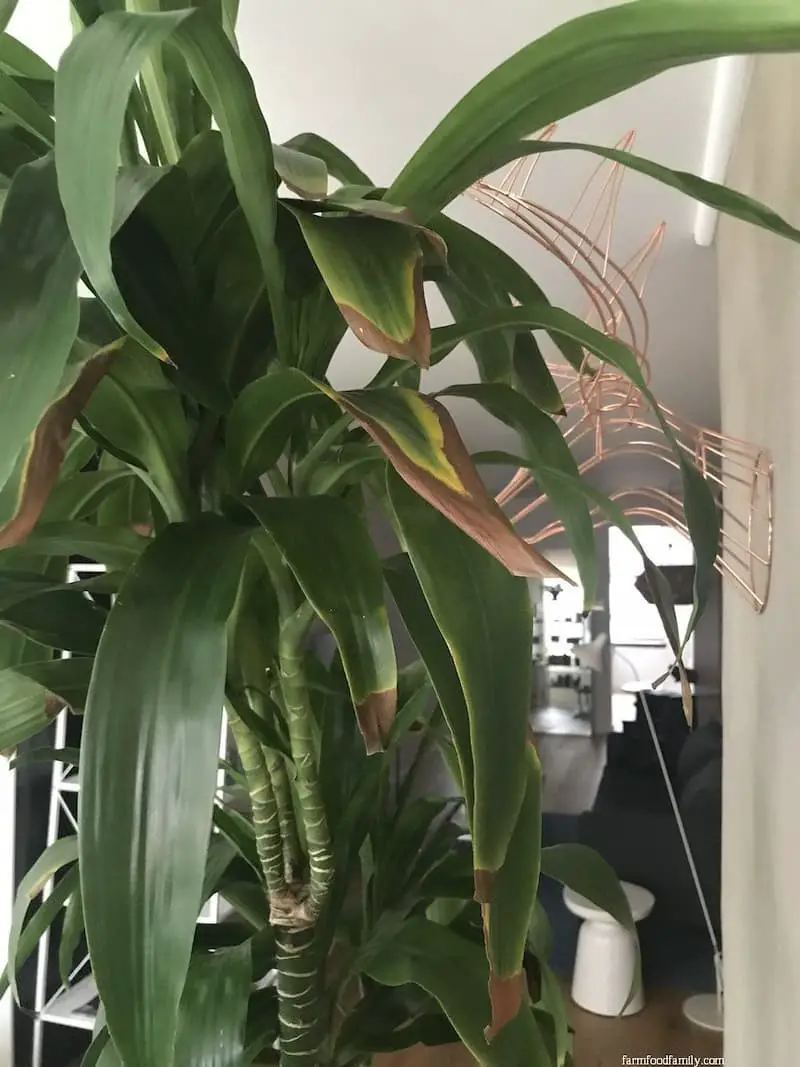
Standing out from its peers, this species boasts robust woody stems and sturdy trunks with the same radiant, dark green leaves that cascade downwards like a yucca palm. With growth potential reaching up to 5 feet in height, it makes for an ideal statement piece in your living room, bringing a burst of brightness and energy to the space.
Hawaiian Sunshine Dracaena (Dracaena fragrans ‘Hawaiian Sunshine’)
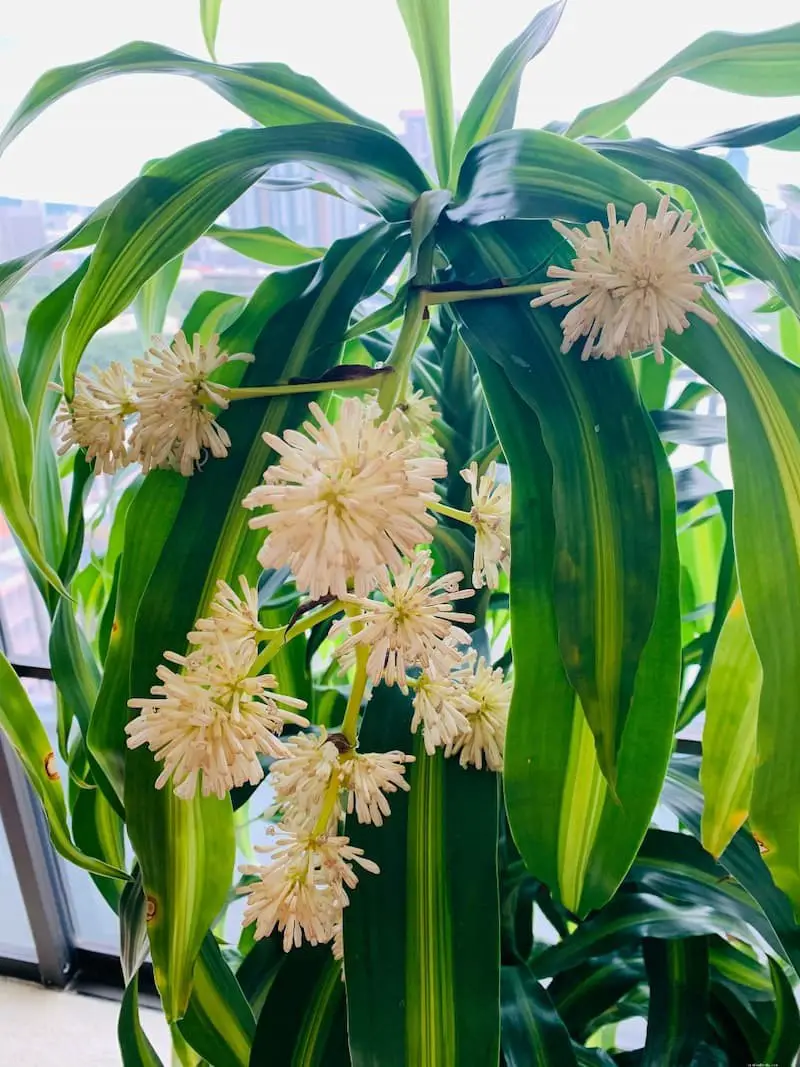
This Dracaena cultivar shares a familial connection with Lisa, its sibling. Specifically, it’s a newly developed variety derived from the Hilo Girl cultivar. While it may be mistaken for Corn Plant due to superficial similarities, this particular Dracaena stands out thanks to its longer leaves featuring a striking light green stripe running down their centers. When grown in containers, it can reach impressive heights of up to 4 feet.
Lemon Lime Dracaena (Dracaena fragrans ‘Lemon Lime’)
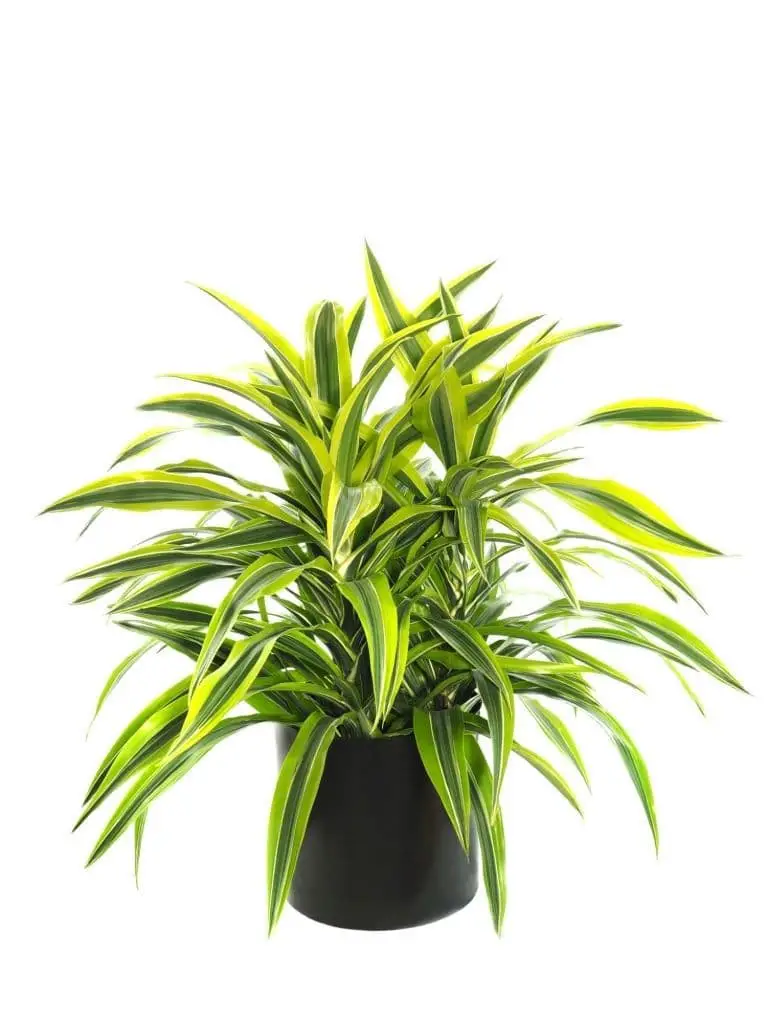
The Warneckii’s close relative boasts striking lancing leaves with a vibrant green hue and bright yellow stripes. The foliage takes on a rosette form, creating a bushy appearance. Notably, its stems are woody, allowing it to grow up to 5ft in height. For an added burst of brightness in your space, this dracaena variety is an excellent choice.
Lemon Surprise Dracaena (Dracaena fragrans ‘Lemon Surprise’)
This species boasts striking, broad leaves featuring vibrant neon yellow hues with green stripes and wavy edges that add to its unique charm. While it can reach heights of up to 7 feet when left unpruned, regular trimming can help keep it compact at around 3 feet tall. As a bonus, its upright growth habit makes it an ideal choice for interior plantings where space is limited. To keep this beauty thriving, provide it with bright indirect light and enjoy its stunning foliage.
Limelight Dracaena (Dracaena fragrans ‘Limelight’)
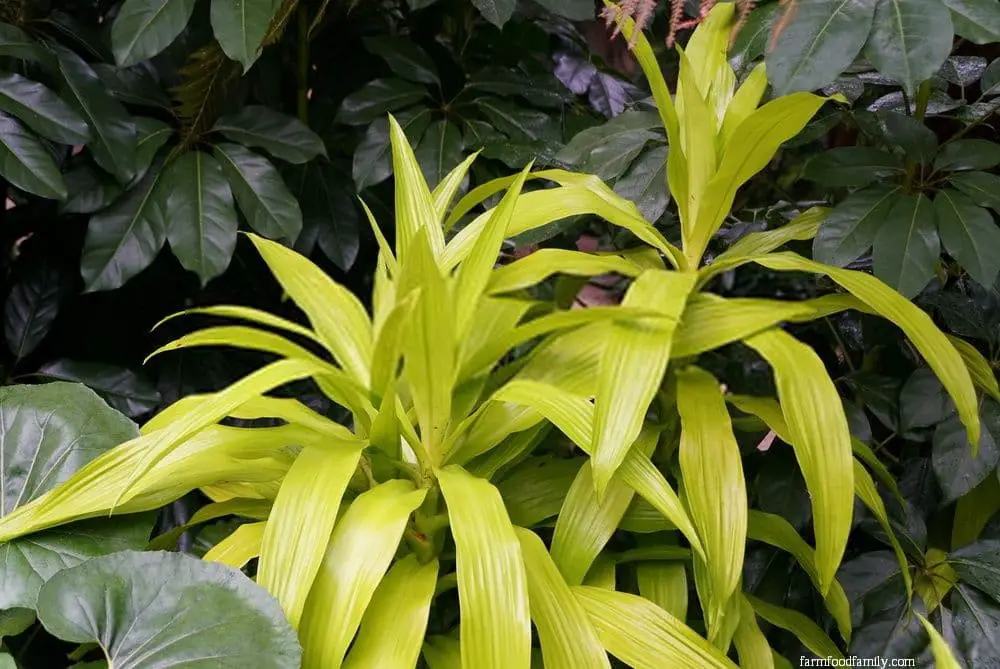
The Cornstalk Dracaena, also known by its botanical name, exhibits a unique combination of features that set it apart from other varieties. Its broad, neon yellow leaves are arranged in an unbranched stem, forming a striking rosette that can grow up to 6ft tall. While it may not be as showy as some other plants, the Cornstalk Dracaena occasionally produces small, white flowers during the summer months. What’s more, this plant is particularly resilient and can thrive in a range of conditions.
It is frost-resistant, drought-resistant, and less susceptible to common dracaena diseases, making it an attractive option for gardeners looking for low-maintenance plants.
Warneckii Dracaena (Dracaena fragrans ‘Warneckii’)
This adaptable plant excels in environments with limited light and water. Its striking feature is its upright growth habit, accompanied by broad leaves featuring a unique pale green hue with white flecking and cream-colored margins. The leaves sprout in varying directions, creating a visually appealing display as they dangle along the stems. Reaching heights of up to 5 feet, this low-maintenance plant makes for a stunning addition to any indoor space.
Dracaena Massangeana (Mass Cane)
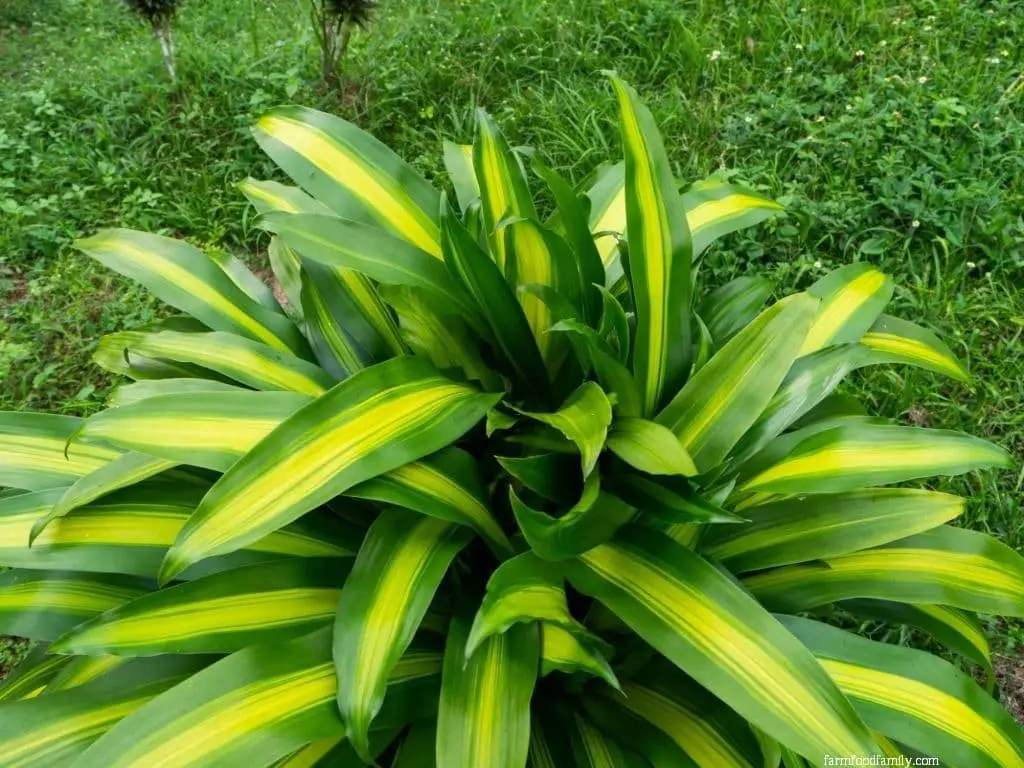
This slow-growing dracaena variety excels in low-light conditions and requires minimal watering. Its unique appearance is characterized by the combination of cane-like and corn-like features, with a sturdy wooden stem. The plant’s most striking feature, however, is its sword-shaped leaves, which boast a striking golden band running down the center and surrounded by rich green edges.
One of the key benefits of this dracaena is its compact growth habit, reaching a maximum height of 3 feet in containers, making it an ideal choice for small offices or tight spaces.
Dracaena Marginata (Red Edged Dracaena or Dragon Tree)
The regal Dracaena is a standout among its peers, boasting dark green leaves with a striking lancing habit and vibrant crimson margins. Growing up to 6ft tall, this adaptable plant has earned a reputation for being drought-tolerant. What’s more, its stems are remarkably pliable, allowing it to be effortlessly shaped and molded into various forms.
This slow-growing yet versatile houseplant is a popular choice among plant enthusiasts, who appreciate its unique appearance and ability to thrive in indoor environments.
Dracaena Marginata ‘Tricolor’
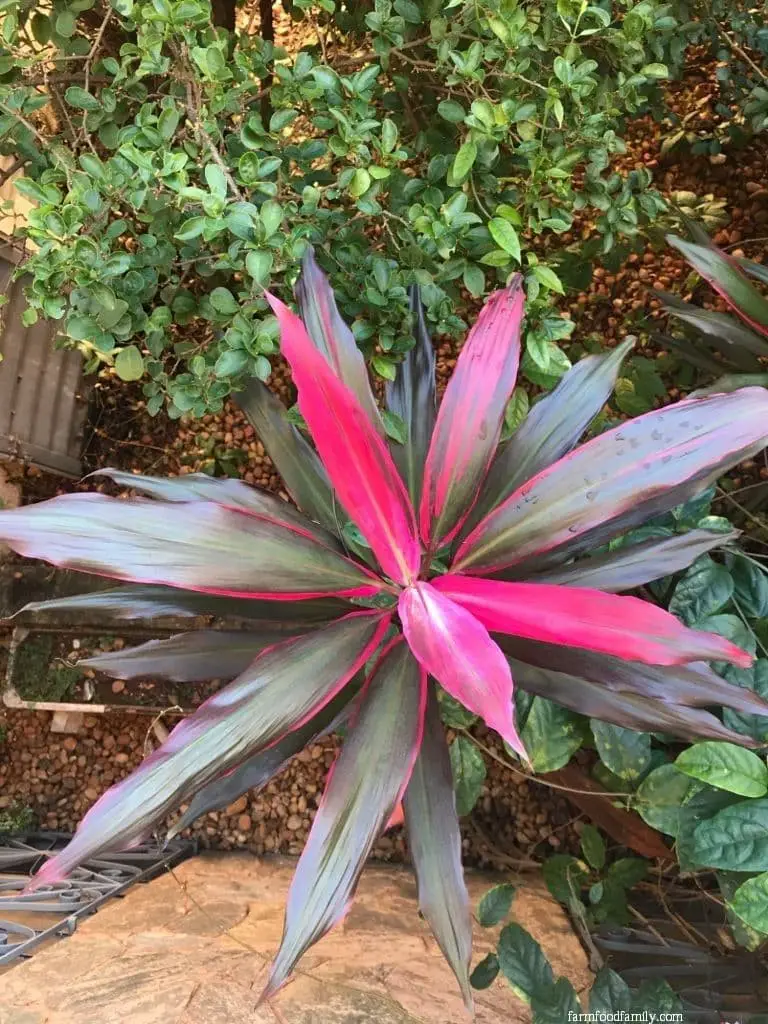
The Euphorbia esculenta, also known as the poinsettia or prickly pear, can make for an attractive addition to indoor spaces, but it truly comes alive when used as a garden bed plant outdoors. Its unique characteristic is its long, slender leaves that boast a striking combination of red edges, green inner layers, and a white stripe running down the center.
This hardy succulent is also notable for its ability to thrive in conditions with dense shade and filtered light, making it an excellent choice for those looking to add some visual interest to areas with limited sunlight.
Dracaena Reflexa
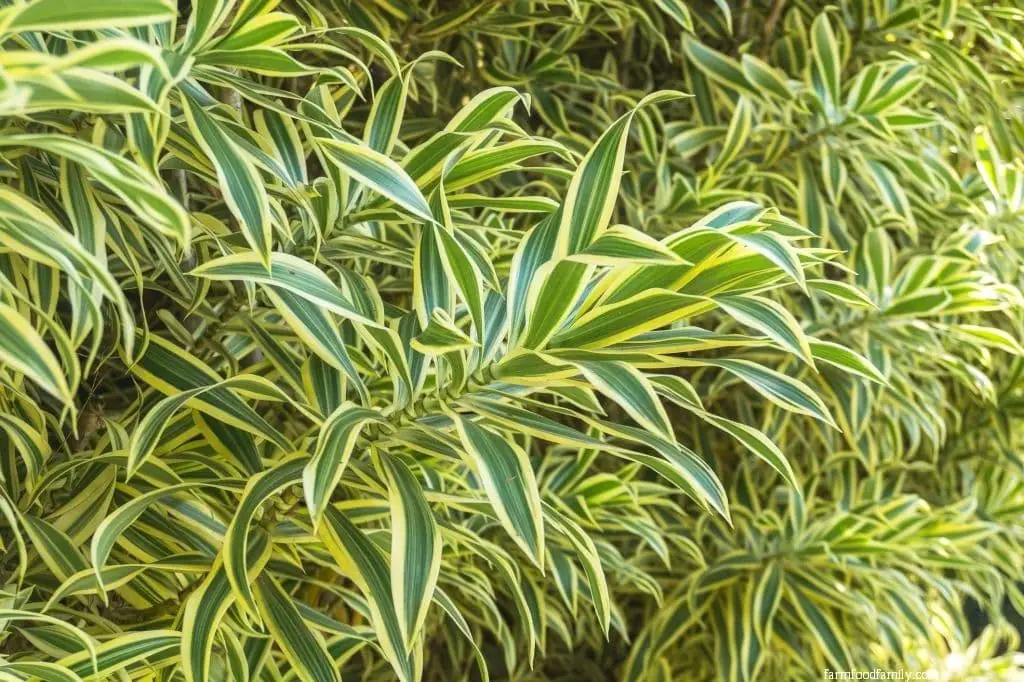
The pleomele, also known as the mother plant of Dracaena cultivars Song of Jamaica and Song of India, boasts foliage that is distinct from its close relative marginata yet shares a similar appearance. Characterized by broad leaves with cream-colored borders, this slow-growing plant can reach a height of 3ft. A rare treat for the senses, it occasionally produces tiny white flowers in the spring.
Dracaena Song of India (Dracaena Reflexa ‘Variegata’)
The Dracaena ‘Striped Beauty’ boasts an uncommon leaf pattern featuring green and yellow stripes or cream tones. Its long, star-shaped leaves grow in a bushy formation that sets it apart from other varieties. A lover of humid environments and indirect light, this plant excels when given the right conditions. When properly cared for, it rewards you with small, delicate yellow or white flowers.
As an added bonus, the ‘Striped Beauty’ is remarkably drought-resistant, making it a low-maintenance addition to any space.
Song of Jamaica (Dracaena Reflexa ‘Song of Jamaica’)
This unique plant stands out due to its striking foliage arrangement, where dense lime green leaves cluster in varying levels along the woody stem, forming visually appealing whorls. Notably, this variety thrives when planted outdoors, where it can reach impressive heights of up to 12 feet. For a more compact display, it also excels in potted containers, topping out at approximately 3 feet tall – making it an excellent choice for tropical garden settings or smaller spaces.
Florida Beauty Dracaena (Dracaena Surculosa ‘Florida Beauty’)
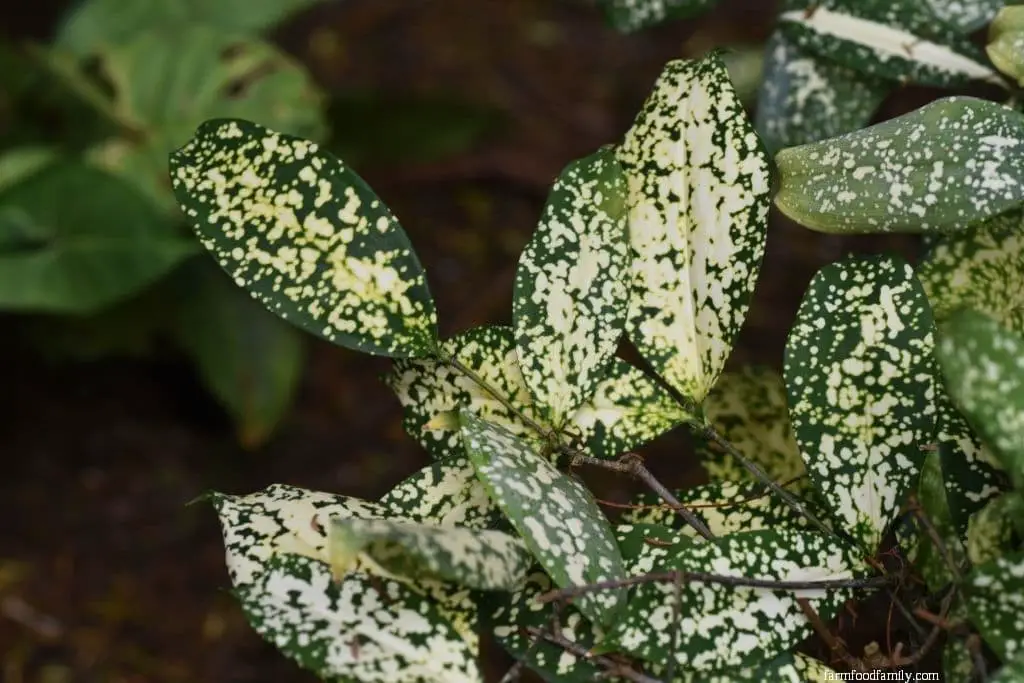
This compact spotted dracaena stands out from its larger counterparts due to its unique shrub-like appearance. Reaching a maximum height of under 2 feet, it’s significantly shorter than most dracaenas. The plant’s broad leaves are characterized by deep green edges and striking patterns featuring yellow and creamy white spots throughout.
Gold Dust (Dracaena surculosa ‘Gold Dust’)
What sets this particular dracaena apart from others is its unique oval-shaped foliage. Its common name – spotted dracaena – accurately describes the plant’s striking appearance, with white and yellow spots covering its glossy leaves. The stems themselves are slender and resemble bamboo stalks. When nurtured correctly, this variety of dracaena produces delicate white blooms in the spring, adding a touch of elegance to any setting.
Lucky Bamboo (Dracaena Sanderiana)
While it may not be immediately apparent, this particular dracaena species shares a common identity with other ornamental plants. Its unique charm also extends to its versatility, as the stems can be artfully braided or sculpted into intricate spiral shapes. Notably, it remains relatively compact, reaching a maximum height of just one foot. In many cases, you’ll find this dracaena species thriving in water tanks adorned with an assortment of pebbles.
When planted in soil, it requires a damp and well-draining environment to truly flourish.
Ribbon Plant (Dracaena sanderiana Variegata ‘Ribbon Plant’)
The ‘Friendship Bamboo’ Dracaena is a stunning flowering variety that boasts upright, cane-like stems and striking foliage. Its well-spaced ovate leaves feature a vibrant green color and subtly curved edges, adding texture to its slender profile. When grown in containers, this beauty can reach up to 5ft tall. Notably, it flourishes in environments with filtered light, making it an excellent choice for spaces that don’t receive direct sunlight.
Dracaena Arborea
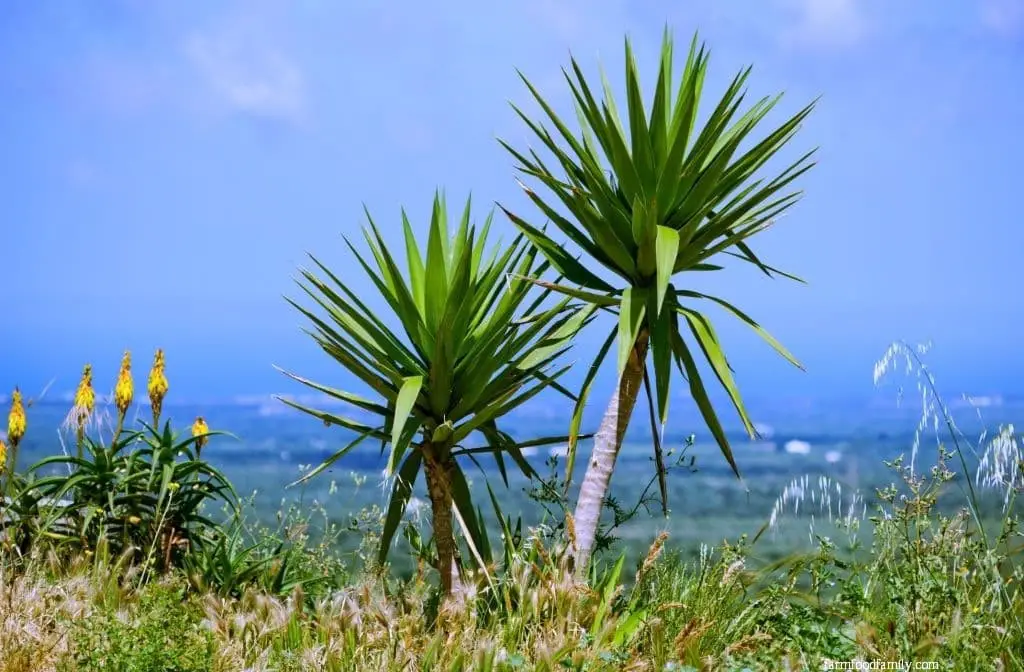
The Tree Dracaena, while sharing the same name as its indoor counterpart, is actually more suited to life outdoors. This adaptable plant thrives in semi-desert environments where it can grow tall with its distinctive palm-like appearance, characterized by a broad trunk, woody branches, and stiff, glossy leaves that are arranged in multiple heads, forming a dense crown.
Its low maintenance nature and ability to tolerate drought make it an attractive choice for landscaping, perfect for those who want to add some greenery without breaking the bank or committing to excessive upkeep.
Snake Plant (Dracaena Trifasciata)
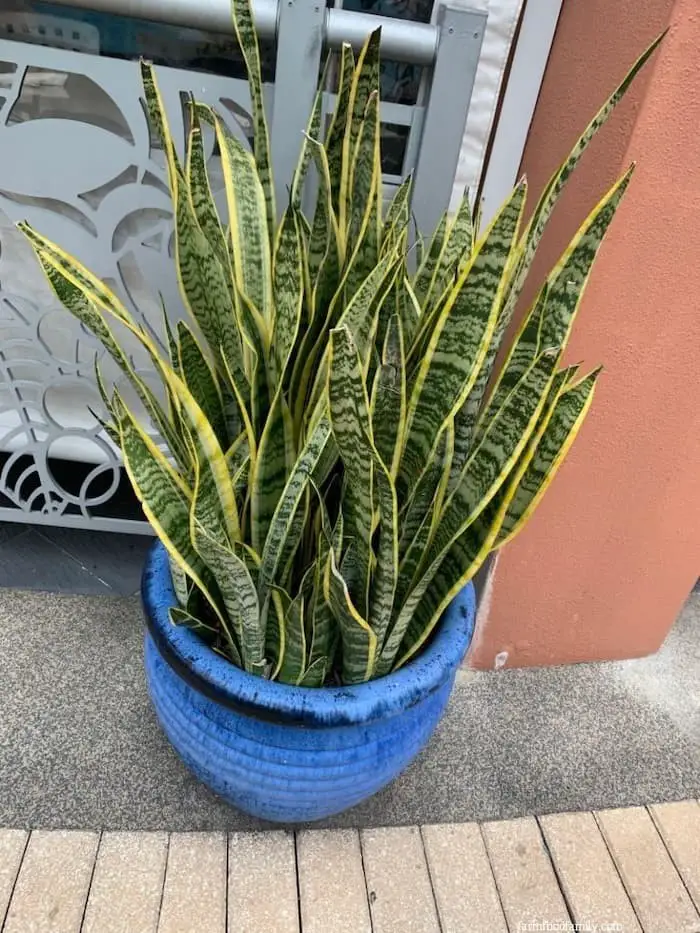
Known colloquially as the ‘Mother-in-Law’s tongue’, this plant is often employed as a ground cover or filler in garden beds due to its versatility. However, it also proves surprisingly resilient in the face of challenging environmental conditions – able to withstand both extreme drought and high humidity, as well as cold temperatures that might prove debilitating for other flora.
The leaves of this species exhibit a unique snake-like texture, featuring intricate patterns of yellow, green, and cream that add visual interest to its otherwise flat and upright growth habit, which can reach up to 4 feet in height. While the Mother-in-Law’s tongue may not pose an immediate threat to animals or humans, it is indeed toxic and should be handled with caution.
Zebra Striped Dragon Tree (Dracaena ‘Goldieana’)
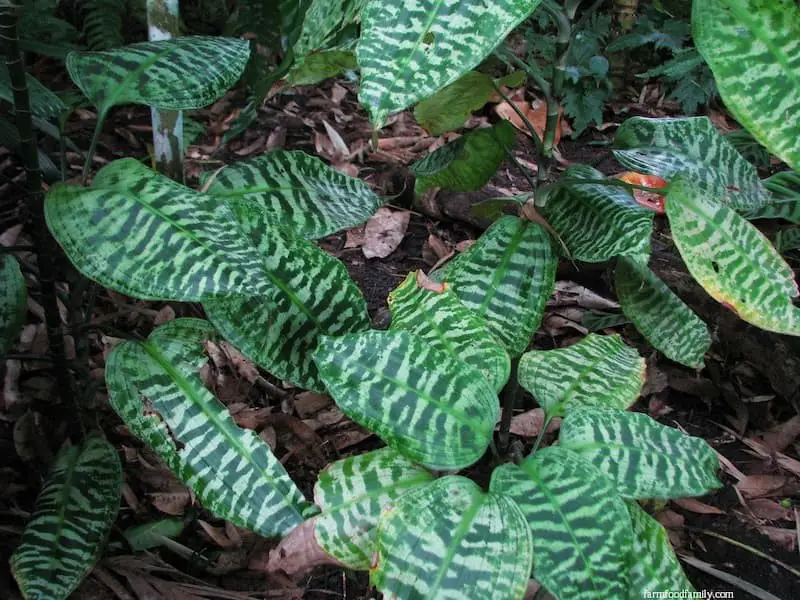
The Green Zebra plant, also known as Aloe striatula, boasts a unique appearance featuring oval-shaped leaves with horizontal cream stripes and deep green bands. When properly cared for, it produces bell-shaped flowers that emerge from its fleshy stems. In its natural habitat, this succulent can grow up to 6 feet tall and thrive in temperatures of up to 18°C.
Dracaena Rikki (Dracaena deremensis “Rikki”)
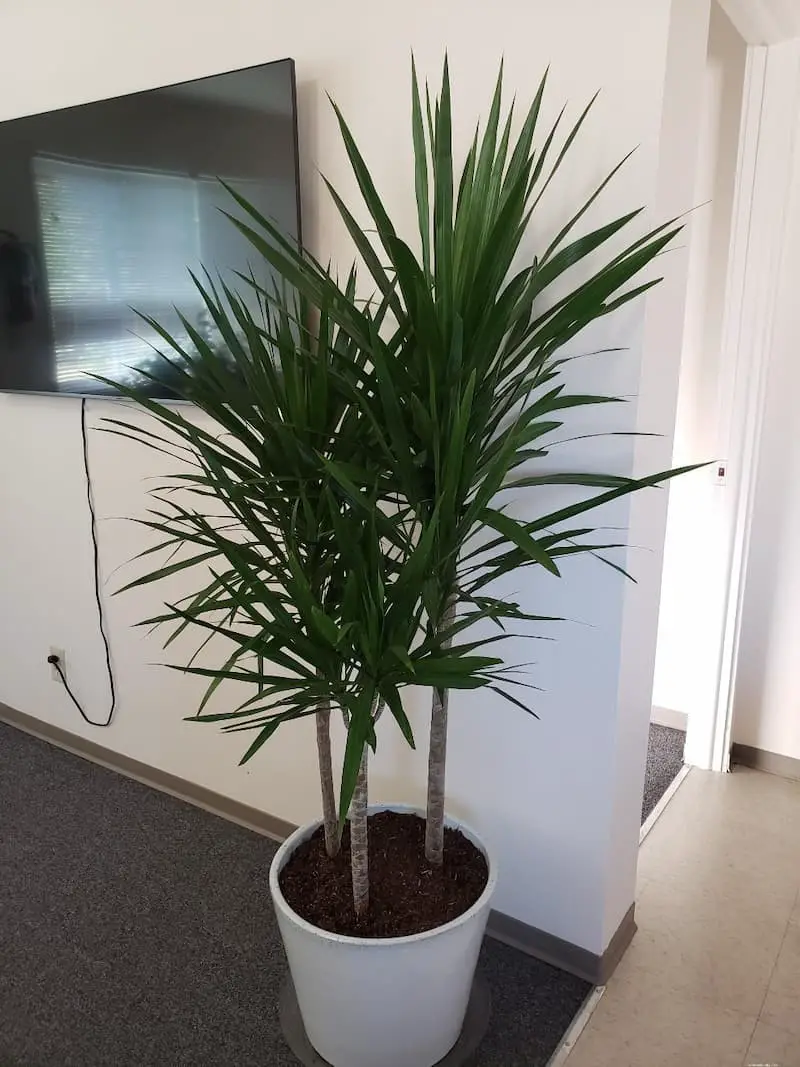
The ‘new kid on the block’ in the Dracaena world is a cultivar that shares ancestry with Janet Craig, Compacta, and Warneckei. What sets it apart is its striking foliage – dark green, sword-shaped leaves featuring vibrant yellow stripes that run the length of each leaf. This elegant plant has an arching habit, with mature specimens reaching heights of up to 12ft. A bonus? It’s incredibly hardy, low-maintenance, and thrives in tropical climates.
Dracaena cinnabari (Dragon blood tree)
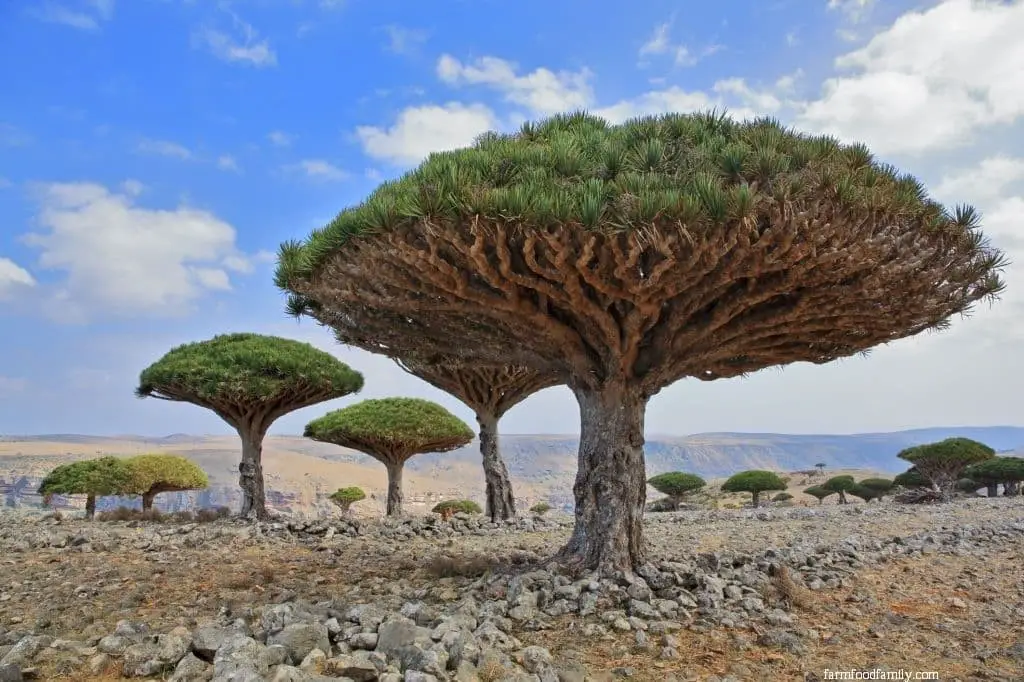
The Socotra dracaena, also known by its common name, is an intriguing species that has garnered attention for its unique characteristics. One fascinating aspect is the discovery of alleged dragon bone remnants on Socotra Island, which bears a striking resemblance to this plant’s reddish sap. Notably, the resin extracted from the tree’s broad trunks finds application in various commercial endeavors.
While it may be tempting to keep the Socotra dracaena contained in pots, its true majesty is best appreciated when grown as a standalone specimen. Reaching heights of up to 9 meters, this tree boasts dense, fine foliage resembling needles that grow exclusively upright, showcasing its grandeur.
How tall do dracaena plants grow?
In their natural habitat, Dracaena plants can grow quite tall, reaching heights of 6-12 feet. However, when cultivated in containers, their height can be managed to a more compact 4 feet through regular pruning practices. Not only does pruning enable easier maintenance, but it also encourages the plant to become fuller and bushier in appearance.
How to grow and care for a dracaena plant
When bringing a dracaena plant into your home, it’s essential to understand its unique care requirements. Unlike many other plants, dracaenas don’t require frequent watering – instead, misting once a week is more beneficial. In fact, overwatering can lead to rot, making it crucial to avoid excessive moisture. When it comes to light, dracaenas prefer filtered or partial-to-full shade conditions. Direct bright light for extended periods can scorch their leaves.
The ideal temperature range for optimal growth is between 55F and 80F, with a humidity level similar to that of common indoor spaces. While common dracaena plants can thrive without fertilizer, newer cultivars and hybrids may benefit from occasional feeding during their early growth stages.
How to save a dying dracaena plant
When a dracaena plant starts to wither away, it’s often due to an imbalance in its watering routine. In most cases, the issue stems from either too little or too much H2O. This can manifest itself in various ways, such as browning leaves or stem rot. To prevent your beloved plant from meeting its demise, you’ll want to take a closer look at its soil conditions and make any necessary adjustments. A simple amendment to the soil composition might be all it needs to get back on track.
If that’s not enough, replanting it in fresh soil could be the solution. Additionally, checking the moisture levels and intervening as needed can help restore balance. Finally, a boost of fertilizer never hurts either.
Why are my dracaena leaves turning brown?
The browning of your dracaena’s leaves is likely due to a combination of factors. One possibility is that it’s experiencing overwintering issues, where the plant requires less water during this period. Another common cause is excessive moisture, which can lead to root rot and leaf discoloration. Additionally, underwatering can also cause stress to the plant, resulting in brown leaves.
Furthermore, too much direct sunlight can scorch the leaves, especially if your dracaena is not accustomed to such intense light.
Are Dracaena good house plants?
The benefits of succulents extend far beyond their unique appearance. For instance, they require minimal upkeep, making them a low-fuss addition to any space. Additionally, these hardy plants are capable of thriving in environments with limited water supply, and their adaptability allows them to flourish under a wide range of growing conditions. Furthermore, succulents have the added advantage of purifying the air naturally while also bringing a pop of brightness and energy to indoor spaces.
What grows well with dracaena?
When it comes to pairing with Dracaena, you’ll want to choose plants that offer a nice contrast in terms of growth habit, foliage, and flowering characteristics. Medium-blooming annuals and more vibrant perennials are ideal candidates for companion planting. Consider combining Dracaena with impatiens, creeping jenny, coral bells, or petunias for a visually appealing display.
Related Posts
Transform outdoor spaces into breathtaking oases by exploring the diverse range of plants offered by online nurseries. From the majestic beauty of apple trees to the year-round vibrancy of evergreens, there’s a world of possibilities at your fingertips. But what about those looking for a career in tree care? Our comprehensive guide on how to become an arborist will walk you through the steps necessary to turn your passion into a profession.
And if you’re more interested in the art of plant breeding, we’ve got you covered with a step-by-step guide to get you started. As the seasons change and the weather cools, add some autumnal flair to your outdoor spaces with our selection of fall seasonal container plants, featuring both annuals and perennials perfect for baskets and beyond.
Finally, discover the secret to thriving dry and shady gardens by incorporating foliage plants that will bring life and color to even the most challenging environments.


